Home>Gardening & Outdoor>Outdoor Recreation & Activities>How To Waterproof A Concrete Swimming Pool
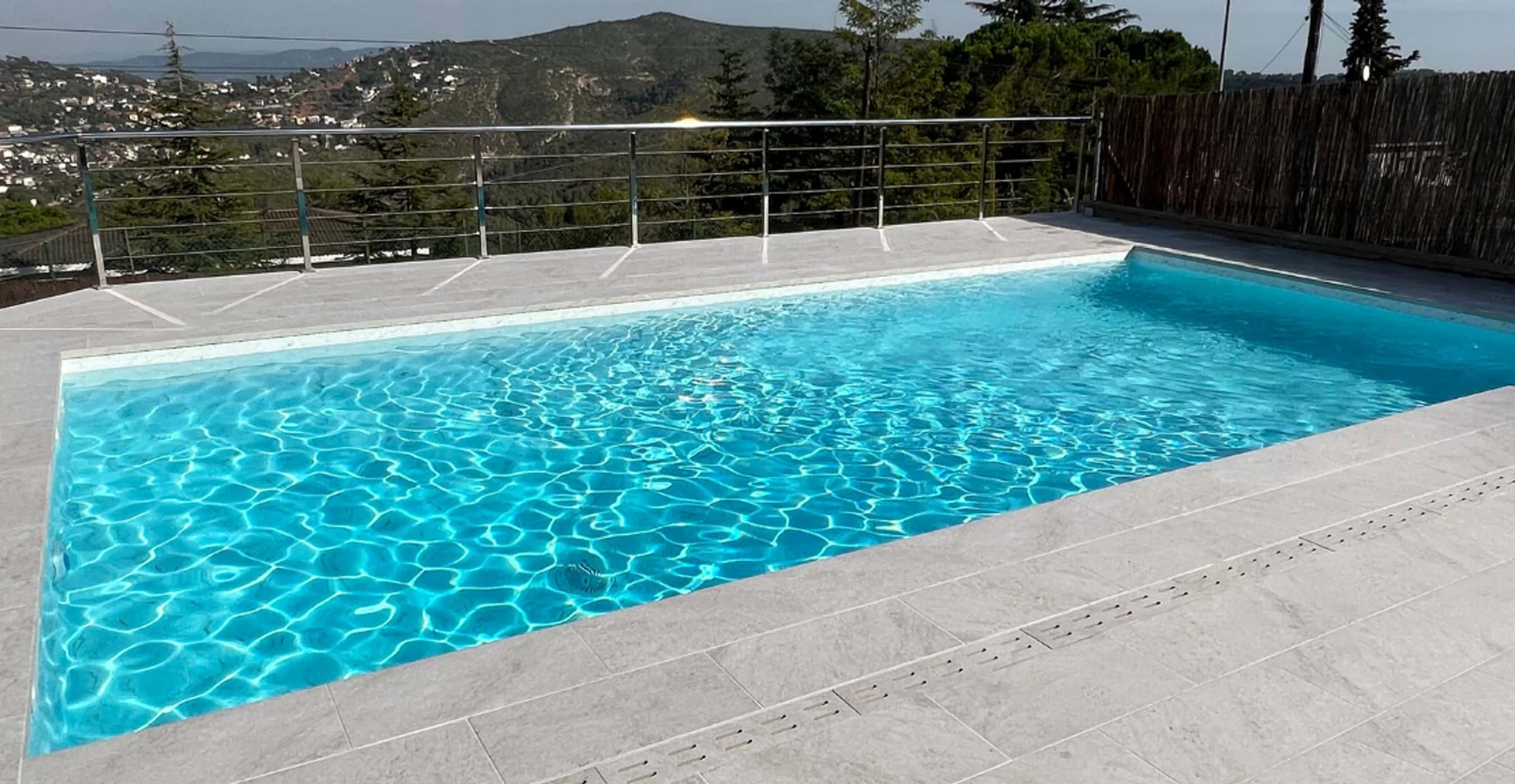

Outdoor Recreation & Activities
How To Waterproof A Concrete Swimming Pool
Published: February 17, 2024
Learn how to effectively waterproof your concrete swimming pool to ensure long-lasting durability and enjoyment of outdoor recreation and activities. Our expert guide provides essential tips and techniques for a successful waterproofing project.
(Many of the links in this article redirect to a specific reviewed product. Your purchase of these products through affiliate links helps to generate commission for Storables.com, at no extra cost. Learn more)
Introduction
When it comes to owning a concrete swimming pool, ensuring its longevity and structural integrity is paramount. One of the key factors in achieving this is proper waterproofing. Waterproofing a concrete swimming pool not only safeguards it against water damage but also prevents costly repairs and maintenance in the long run. Whether you're a homeowner or a professional contractor, understanding the process of waterproofing a concrete swimming pool is essential for preserving its beauty and functionality.
In this comprehensive guide, we will delve into the intricacies of waterproofing a concrete swimming pool. From the significance of waterproofing to the selection and application of the right waterproofing products, we will explore each step in detail. By the end of this article, you will have a thorough understanding of the best practices for waterproofing a concrete swimming pool, empowering you to make informed decisions and take the necessary steps to protect your investment.
Let's embark on this journey to uncover the secrets of waterproofing a concrete swimming pool, ensuring that it remains a source of joy and relaxation for years to come.
Key Takeaways:
- Protect Your Pool, Preserve Your Fun
Waterproofing your concrete swimming pool is like giving it a superhero suit. It keeps the water in, the pool strong, and the fun going for years without any worries about leaks or damage. - Choose Wisely, Apply Carefully, Enjoy Endlessly
Picking the right waterproofing products and applying them with precision is like giving your pool a magical shield. It keeps the water out, the pool safe, and the enjoyment everlasting.
Read more: How To Patch A Concrete Swimming Pool
Understanding the importance of waterproofing
Waterproofing a concrete swimming pool is not merely a matter of preventing leaks; it is a fundamental step in preserving the pool's structural integrity and longevity. Concrete, while a durable and popular material for constructing swimming pools, is inherently porous. This means that without proper waterproofing, it is susceptible to water penetration, which can lead to a host of issues such as cracks, erosion, and even structural damage over time.
By applying a high-quality waterproofing system to the concrete surface of the pool, you create a protective barrier that effectively seals the pores and prevents water from seeping into the structure. This not only safeguards the pool against leaks but also mitigates the risk of moisture-related problems such as efflorescence, which is the formation of unsightly white mineral deposits on the surface of the concrete.
Moreover, waterproofing plays a crucial role in maintaining the water quality of the pool. Without a secure waterproofing layer, water can infiltrate the concrete, leading to the leaching of harmful chemicals and minerals into the pool water. This not only compromises the water's purity but also necessitates more frequent and extensive maintenance to counteract the effects of water damage.
In addition to protecting the pool itself, proper waterproofing contributes to the overall safety of the pool environment. It helps prevent the growth of mold, mildew, and algae, which thrive in damp conditions. By eliminating these potential hazards, waterproofing ensures a cleaner and healthier swimming experience for all users.
Furthermore, investing in professional waterproofing not only safeguards the pool but also protects your financial investment. By proactively addressing potential water damage, you can avoid costly repairs and renovations down the line. This proactive approach not only saves money but also minimizes the disruption caused by extensive repairs, allowing you to enjoy your pool without the stress of unexpected issues.
In essence, understanding the importance of waterproofing a concrete swimming pool goes beyond surface-level concerns. It is a proactive measure that safeguards the structural integrity, water quality, and overall longevity of the pool, ensuring a safe, enjoyable, and cost-effective aquatic oasis for years to come.
Preparing the concrete surface
Before applying any waterproofing products, it is crucial to thoroughly prepare the concrete surface of the swimming pool. Proper preparation ensures optimal adhesion and effectiveness of the waterproofing system. Here's a detailed look at the essential steps involved in preparing the concrete surface:
-
Cleaning and Inspection: The first step in preparing the concrete surface is to clean it thoroughly. Remove any dirt, debris, or contaminants from the surface using a pressure washer or a suitable cleaning solution. Once the surface is clean, inspect it for any existing damage, such as cracks, spalling, or delamination. Addressing these issues before waterproofing is essential to prevent water intrusion and ensure a smooth application of the waterproofing products.
-
Repairing Cracks and Imperfections: Any visible cracks or imperfections in the concrete should be repaired before proceeding with waterproofing. Use a high-quality concrete repair compound to fill in cracks and patch any damaged areas. This step is critical in preventing water from seeping through the concrete and compromising the integrity of the waterproofing layer.
-
Etching or Abrading: To promote better adhesion of the waterproofing products, the concrete surface may need to be etched or abraded. This process involves creating a slightly rough texture on the surface, which enhances the bond between the concrete and the waterproofing material. Depending on the specific product being used, the surface may be etched using an acid solution or mechanically abraded using specialized equipment.
-
Priming the Surface: In some cases, applying a primer to the concrete surface may be necessary to improve the adhesion of the waterproofing membrane or coating. The primer helps create a strong bond between the concrete and the waterproofing material, ensuring long-lasting protection against water intrusion.
-
Ensuring Proper Drainage: Proper drainage around the pool area is essential for preventing water accumulation and potential damage to the waterproofing system. Ensure that the surrounding landscape is graded to direct water away from the pool, and that any existing drainage systems are functioning effectively.
By meticulously preparing the concrete surface through cleaning, inspection, repair, surface treatment, and drainage considerations, you set the stage for a successful waterproofing application. These preparatory measures not only optimize the performance of the waterproofing system but also contribute to the long-term durability and resilience of the concrete swimming pool.
Choosing the right waterproofing products
Selecting the appropriate waterproofing products is a critical step in ensuring the effectiveness and longevity of the waterproofing system for a concrete swimming pool. With a wide array of options available in the market, it is essential to consider several factors to make an informed decision.
-
Type of Waterproofing: There are various types of waterproofing products designed for concrete surfaces, including liquid-applied membranes, waterproofing coatings, and cementitious waterproofing compounds. Each type offers distinct advantages in terms of application method, durability, and flexibility. Liquid-applied membranes, for example, provide seamless protection and are ideal for irregularly shaped pool structures, while waterproofing coatings offer UV resistance and aesthetic appeal. Cementitious waterproofing compounds are known for their breathability and ability to withstand hydrostatic pressure. Understanding the specific requirements of the swimming pool and the characteristics of each product type is crucial in making the right choice.
-
Compatibility with Concrete: The selected waterproofing products should be compatible with the composition and condition of the concrete surface. Factors such as the porosity of the concrete, presence of existing coatings or treatments, and the pH level of the substrate must be taken into account. Ensuring compatibility minimizes the risk of adhesion issues and maximizes the effectiveness of the waterproofing system.
-
Durability and Longevity: Assessing the durability and longevity of the waterproofing products is essential for long-term protection. Look for products that offer resistance to UV exposure, chemical degradation, and abrasion. Additionally, consider the expected lifespan of the waterproofing system and choose products that align with the desired maintenance schedule and overall longevity of the swimming pool.
-
Application Method and Complexity: Evaluate the application method and complexity associated with the chosen waterproofing products. Some products may require specialized equipment or professional application, while others offer user-friendly application processes suitable for DIY enthusiasts. Understanding the application requirements helps in determining the feasibility and cost-effectiveness of the chosen products.
-
Manufacturer Reputation and Support: Research the reputation of the manufacturers and suppliers of the waterproofing products. Look for established brands known for their quality, reliability, and customer support. Access to technical guidance, product warranties, and after-sales support can significantly influence the decision-making process.
By carefully considering these factors and conducting thorough research, you can confidently select the right waterproofing products that align with the specific needs and requirements of the concrete swimming pool. This proactive approach sets the stage for a successful waterproofing application, ensuring optimal protection and performance for years to come.
Applying the waterproofing products
Once the concrete surface of the swimming pool has been meticulously prepared, the next crucial step is the application of the chosen waterproofing products. This phase requires precision, attention to detail, and adherence to the manufacturer's guidelines to ensure the effectiveness and longevity of the waterproofing system.
The application process typically begins with the mixing and preparation of the waterproofing materials according to the manufacturer's specifications. Whether it involves liquid-applied membranes, waterproofing coatings, or cementitious compounds, following the recommended mixing ratios and application techniques is paramount to achieving a uniform and durable waterproofing layer.
For liquid-applied membranes, the application involves using a suitable applicator, such as a roller or brush, to evenly spread the membrane over the prepared concrete surface. Careful attention should be given to achieve consistent thickness and coverage, ensuring that all areas, including corners and seams, are adequately coated.
In the case of waterproofing coatings, the application process may involve multiple layers to achieve the desired level of protection. Each layer should be applied methodically, allowing sufficient drying or curing time between applications. This sequential layering ensures a robust and resilient waterproofing barrier that can withstand the rigors of pool usage and environmental exposure.
Cementitious waterproofing compounds, on the other hand, require thorough mixing and proper application to ensure comprehensive coverage and adhesion to the concrete substrate. The application may involve troweling or spraying the compound onto the surface, followed by the appropriate curing procedures to achieve optimal performance.
Throughout the application process, it is essential to pay attention to detail, addressing any potential areas of concern such as protrusions, joints, or transitions between different structural elements. Properly sealing these vulnerable areas is crucial in preventing water intrusion and maintaining the integrity of the waterproofing system.
Furthermore, ensuring a consistent and uniform application of the waterproofing products is vital for achieving a seamless protective barrier that effectively seals the concrete surface. Any inconsistencies or inadequacies in the application can compromise the overall performance of the waterproofing system, leading to potential vulnerabilities and water-related issues in the future.
By meticulously following the recommended application techniques and taking the time to ensure thorough coverage and adhesion, the application of waterproofing products becomes a critical phase in safeguarding the concrete swimming pool against water damage and ensuring its long-term durability and resilience.
Apply a waterproofing sealer specifically designed for concrete to the entire surface of the pool. Make sure to follow the manufacturer’s instructions for proper application and drying time.
Read more: How To Resurface A Concrete Swimming Pool
Curing and maintaining the waterproofing layer
After the application of the waterproofing products, the curing and maintenance phase plays a pivotal role in ensuring the longevity and effectiveness of the protective layer. Proper curing procedures and ongoing maintenance efforts are essential for preserving the integrity of the waterproofing system and safeguarding the concrete swimming pool against water damage and deterioration.
Curing Process
The curing process for waterproofing products varies depending on the type of material used. It is imperative to adhere to the manufacturer's recommendations regarding curing time, environmental conditions, and post-application care. In the case of liquid-applied membranes and waterproofing coatings, allowing sufficient time for curing and drying is crucial before subjecting the surface to water exposure. This ensures that the waterproofing layer achieves its intended strength and resilience, providing a robust barrier against water intrusion. Additionally, maintaining optimal environmental conditions, such as temperature and humidity levels, during the curing period is essential for the overall performance of the waterproofing system.
For cementitious waterproofing compounds, proper curing involves protecting the applied layer from premature drying and ensuring adequate hydration for optimal strength development. This may involve covering the surface with damp curing blankets or applying curing compounds to prevent moisture loss and promote the formation of a durable, waterproof barrier.
Ongoing Maintenance
Once the waterproofing layer has cured, implementing a proactive maintenance regimen is crucial for preserving its effectiveness over time. Regular inspections of the pool's waterproofing system should be conducted to identify any signs of wear, damage, or deterioration. Addressing minor issues promptly can prevent them from escalating into more significant problems that compromise the waterproofing's protective capabilities.
In addition to visual inspections, periodic cleaning of the waterproofed surface is essential for preventing the buildup of debris, contaminants, and organic matter that can compromise the integrity of the protective layer. Using gentle cleaning methods and non-abrasive cleaning agents helps maintain the cleanliness and functionality of the waterproofing system without causing damage to the surface.
Furthermore, maintaining proper drainage around the pool area is crucial for preventing water accumulation and minimizing the stress on the waterproofing layer. Ensuring that gutters, downspouts, and drainage systems are free from obstructions and functioning effectively helps mitigate the risk of water-related issues that can compromise the waterproofing's performance.
By prioritizing the curing process and implementing a proactive maintenance routine, the waterproofing layer of the concrete swimming pool can withstand the rigors of usage and environmental exposure, ensuring long-term protection and durability. This proactive approach not only preserves the structural integrity of the pool but also minimizes the need for extensive repairs and renovations, allowing for uninterrupted enjoyment of the aquatic oasis.
Conclusion
In conclusion, the process of waterproofing a concrete swimming pool is a multifaceted endeavor that encompasses crucial steps, from surface preparation to product selection, application, curing, and ongoing maintenance. By understanding the significance of waterproofing, individuals and professionals alike can proactively safeguard concrete swimming pools against water damage, structural deterioration, and maintenance challenges.
The importance of waterproofing extends beyond mere leak prevention; it is a proactive measure that preserves the structural integrity of the pool, maintains water quality, and enhances the overall safety and longevity of the aquatic environment. Through meticulous surface preparation, including cleaning, inspection, repair, and priming, the foundation is laid for a successful waterproofing application.
Selecting the right waterproofing products involves considering factors such as compatibility with the concrete surface, durability, application complexity, and manufacturer support. By making informed choices, individuals can ensure that the selected products align with the specific needs and requirements of the concrete swimming pool, setting the stage for long-term protection.
The application of waterproofing products demands precision, attention to detail, and adherence to recommended techniques. Whether it involves liquid-applied membranes, coatings, or cementitious compounds, the thorough and uniform application is essential for creating a robust protective barrier that effectively seals the concrete surface.
Following the application, the curing process and ongoing maintenance efforts play a pivotal role in preserving the integrity and effectiveness of the waterproofing layer. By adhering to recommended curing procedures and implementing a proactive maintenance regimen, individuals can ensure that the waterproofing system withstands the test of time and environmental exposure.
In essence, the comprehensive approach to waterproofing a concrete swimming pool not only safeguards the pool against water damage but also contributes to a cleaner, safer, and more enjoyable aquatic environment. By embracing the principles of proactive maintenance and informed decision-making, individuals can ensure that their concrete swimming pools remain a source of relaxation and recreation for years to come.
Frequently Asked Questions about How To Waterproof A Concrete Swimming Pool
Was this page helpful?
At Storables.com, we guarantee accurate and reliable information. Our content, validated by Expert Board Contributors, is crafted following stringent Editorial Policies. We're committed to providing you with well-researched, expert-backed insights for all your informational needs.
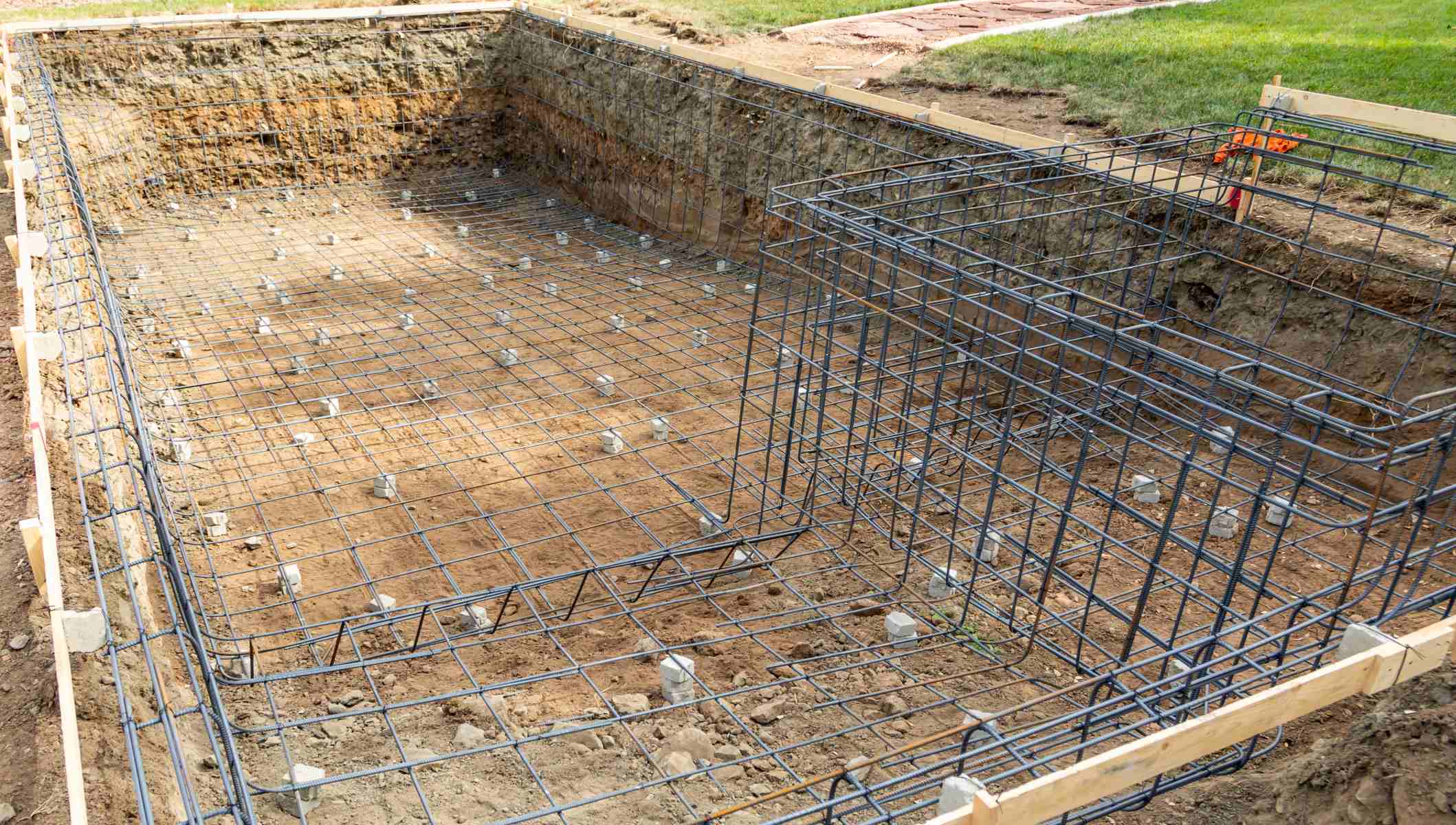
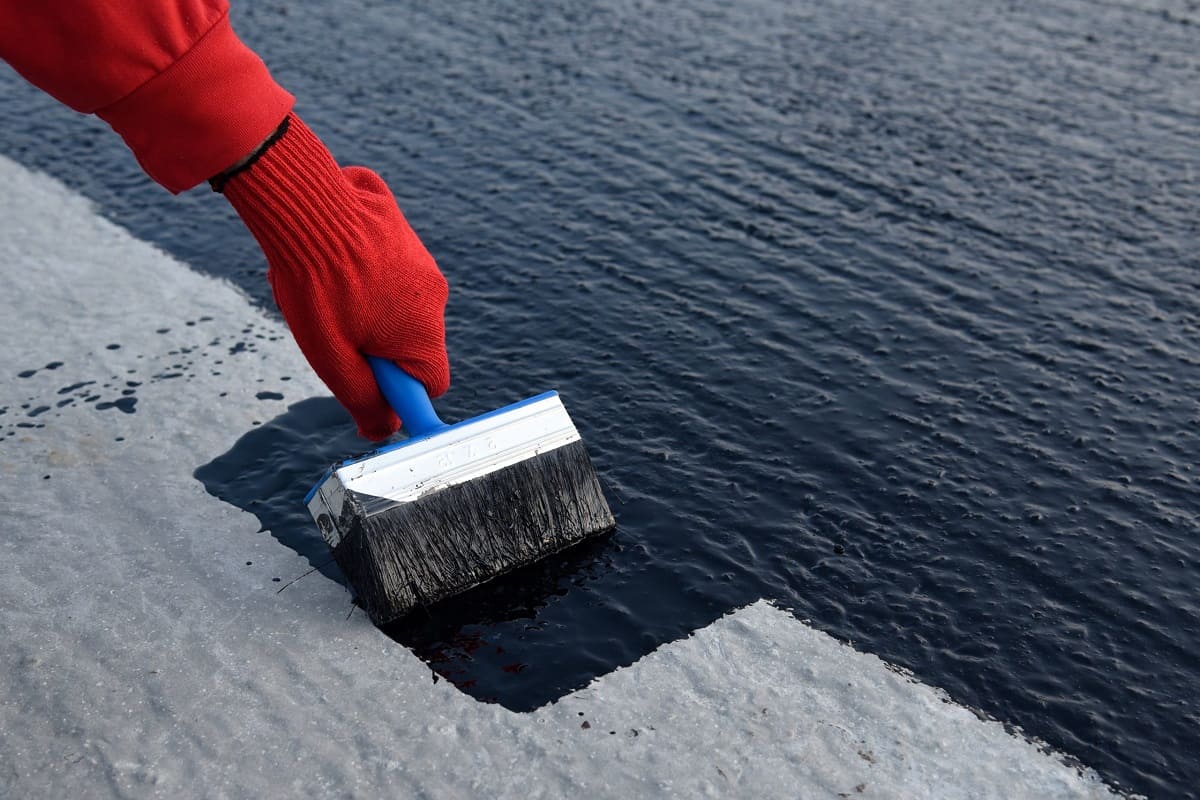










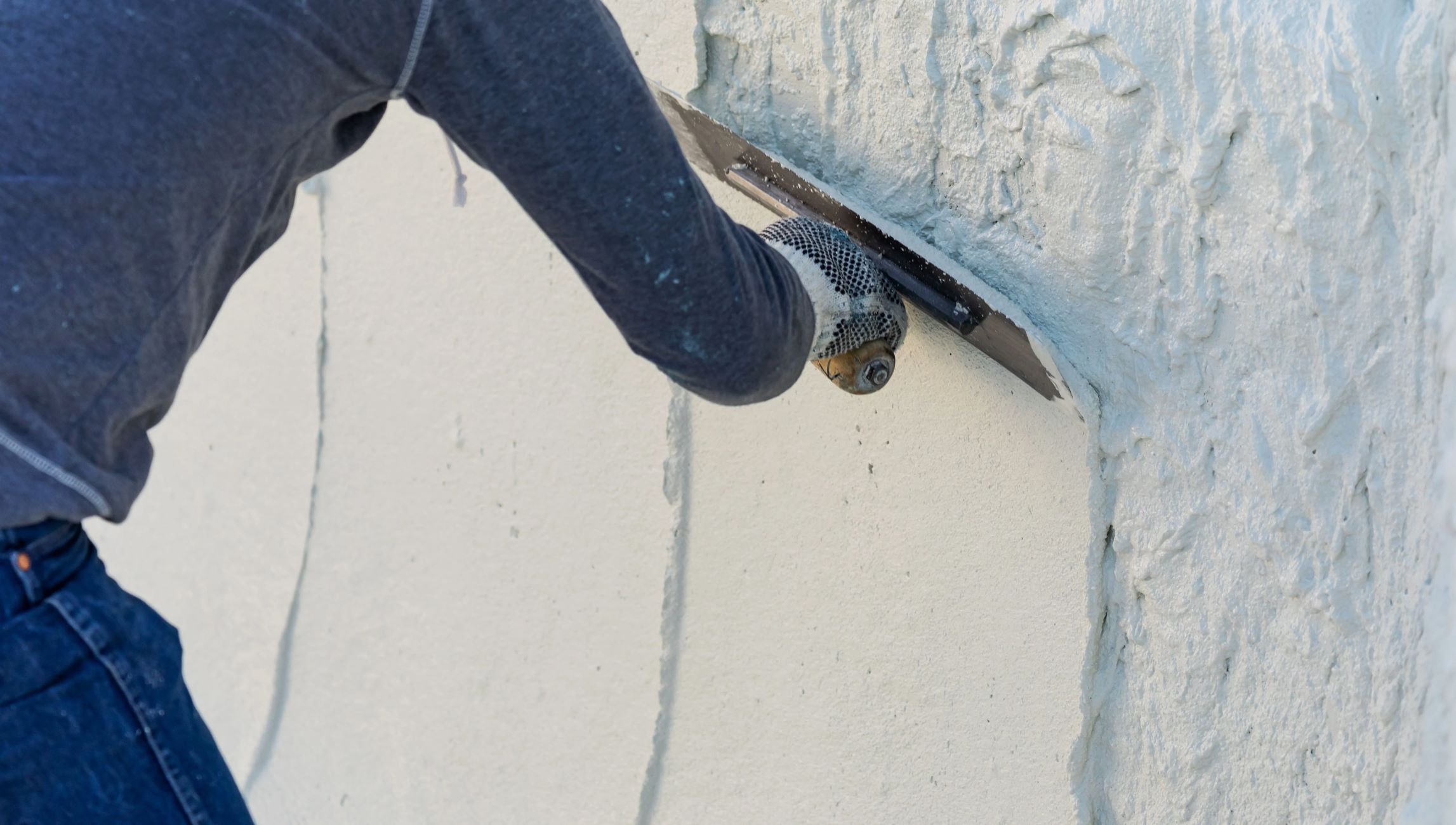
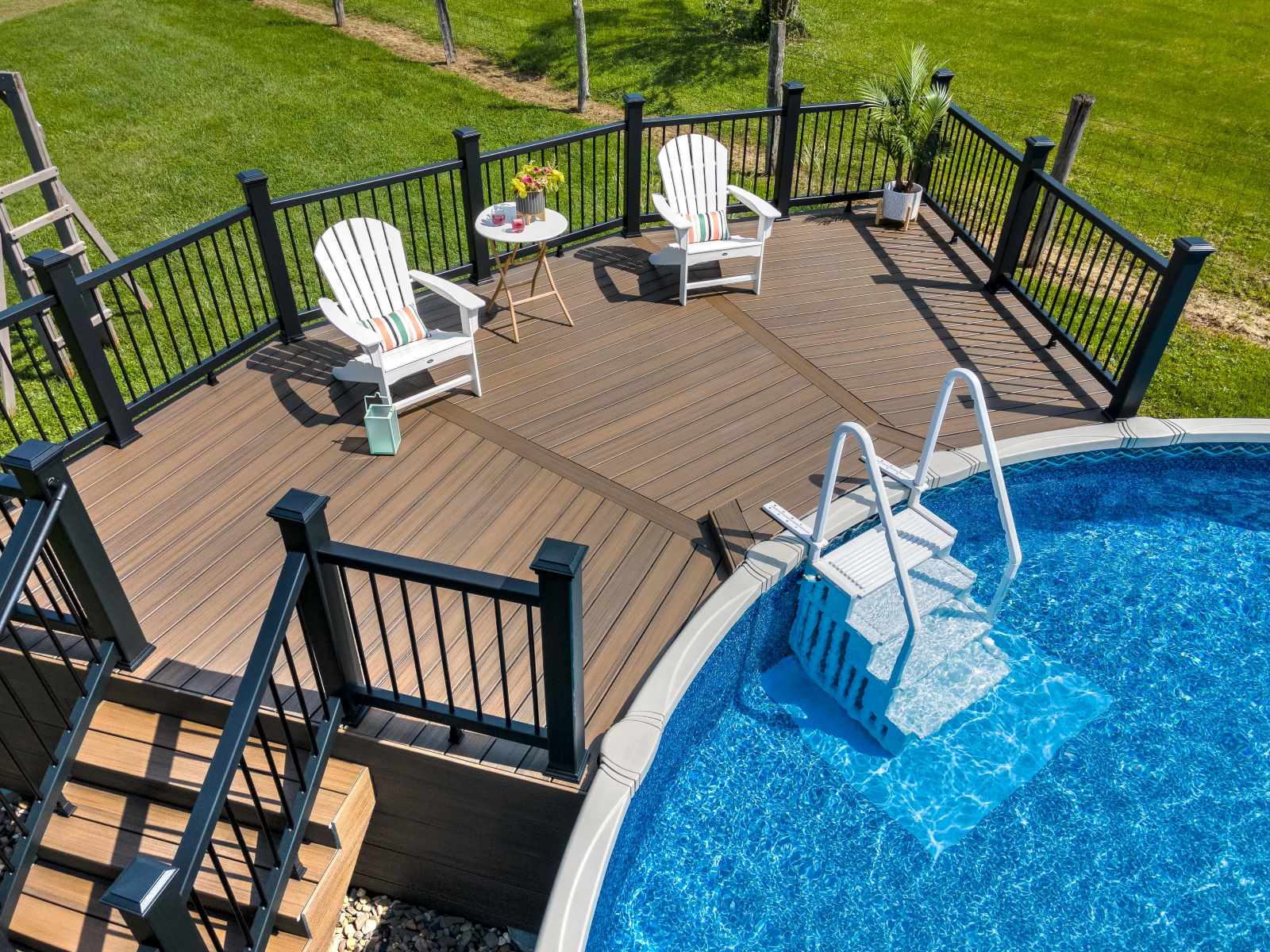

0 thoughts on “How To Waterproof A Concrete Swimming Pool”